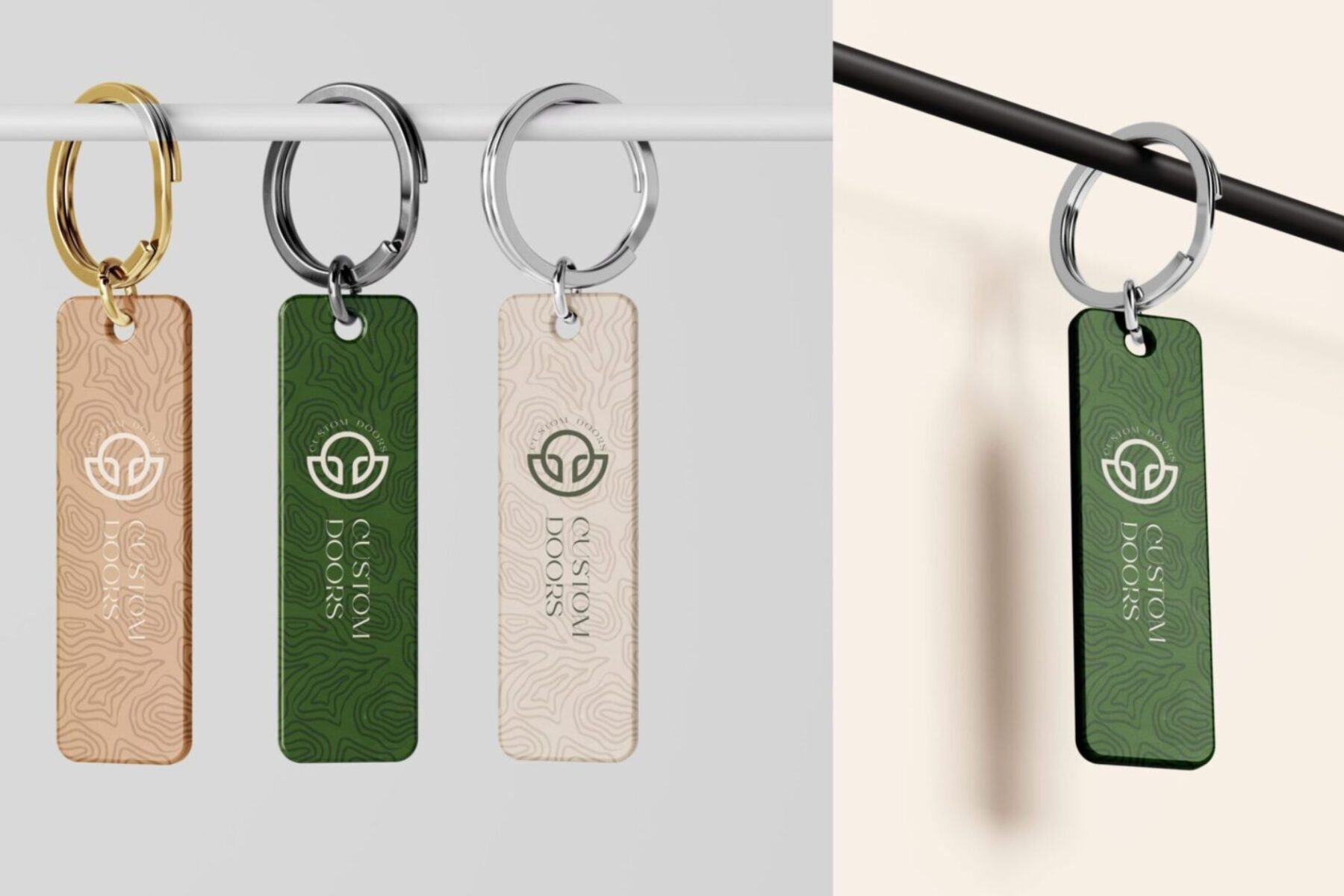
Harmonizing Tradition and Innovation in Brand Redesign
Finding the perfect balance between maintaining brand heritage and embracing innovation in design is crucial for companies looking to stay relevant in a rapidly evolving market. This delicate act involves preserving the core elements that define a brand’s identity while incorporating new, forward-thinking design elements to attract contemporary audiences.
In this article, we will explore the importance of harmonizing tradition and innovation in brand redesign, the challenges involved, and strategies for achieving a successful blend.
The Significance of Balancing Tradition and Innovation
Balancing tradition and innovation is essential for several reasons:
- Preserving Brand Equity: Long-established brands have built significant equity over time. Maintaining recognizable elements ensures that this equity is preserved.
- Staying Relevant: Consumer preferences and market trends change. Innovative design helps brands stay relevant and appealing to new generations.
- Engaging a Broader Audience: Balancing tradition with innovation allows brands to appeal to both loyal, long-term customers and new, younger audiences. Also, updating design elements can help a brand stay culturally and socially relevant.
Challenges in Balancing Tradition and Innovation
- Risk of Alienation: Over-innovating can alienate long-term customers who have a deep emotional connection with the brand’s traditional elements.
- Brand Confusion: Significant changes can lead to brand confusion, where consumers no longer recognize or understand the brand.
- Design Cohesion: Ensuring that new design elements integrate seamlessly with traditional ones can be complex.
- Resource Allocation: Redesigning a brand involves significant investment in terms of cost and time, with extensive market research being required to understand what aspects of tradition and innovation resonate with consumers.
Strategies for Harmonizing Tradition and Innovation
1. Conduct Comprehensive Research:
Gather detailed insights into the preferences and expectations of both existing and potential customers, and further analyze market trends to identify innovative design elements that can be integrated without compromising the brand’s core identity.
2. Identify Core Brand Elements:
Determine which traditional elements are integral to the brand’s identity and must be preserved. Identify aspects of the brand that can be adapted or redesigned to embrace innovation.
3. Maintain an Iterative Design Process:
Develop prototypes of new designs and test them with a select group of customers to gauge reactions. Then, create feedback loops to refine the design based on customer input and preferences.
4. Strategic Phasing:
Introduce changes gradually to allow customers to adapt and accept new design elements. Then, clearly communicate the reasons for changes to customers, emphasizing the benefits and maintaining transparency.
Conclusion
Balancing tradition and innovation in brand redesign is a strategic endeavor that requires careful planning and execution. This harmonious approach not only protects the brand’s legacy but also paves the way for future growth and success.
By preserving core elements that define a brand’s heritage while embracing new design trends and technologies, brands can remain relevant, competitive, and appealing to a diverse audience.







